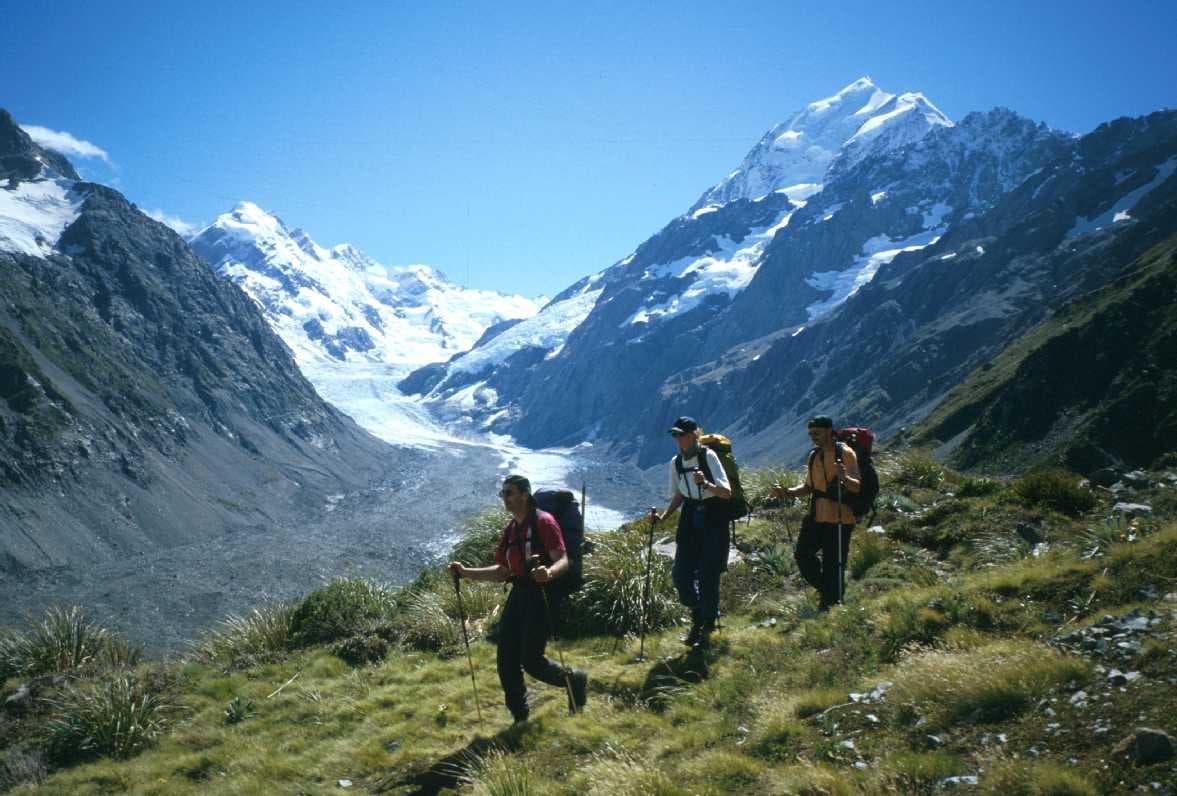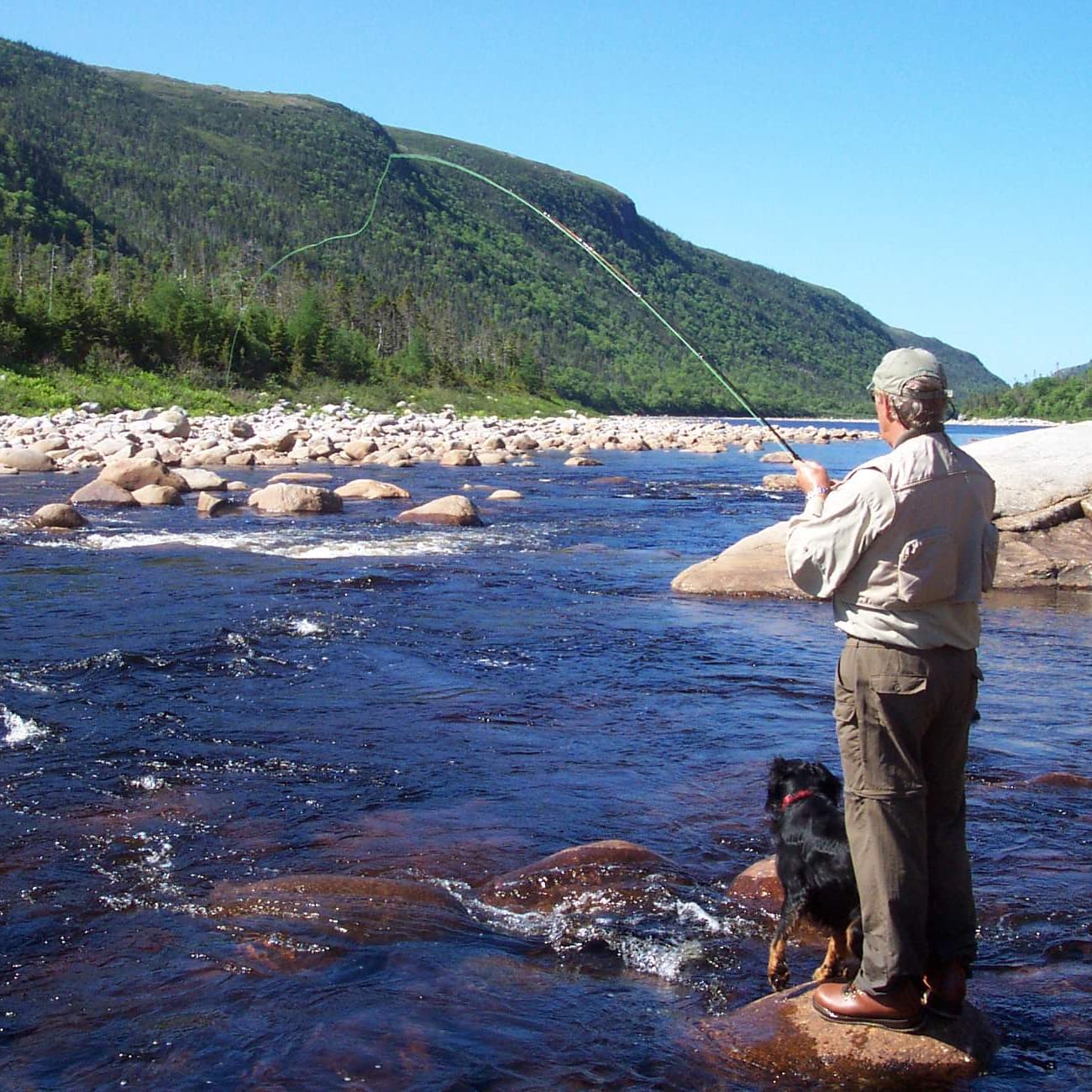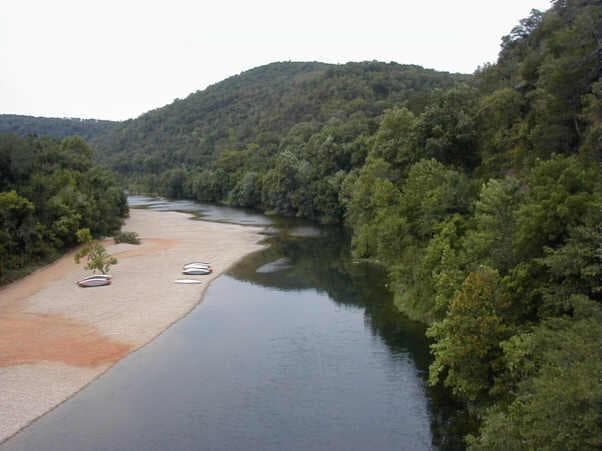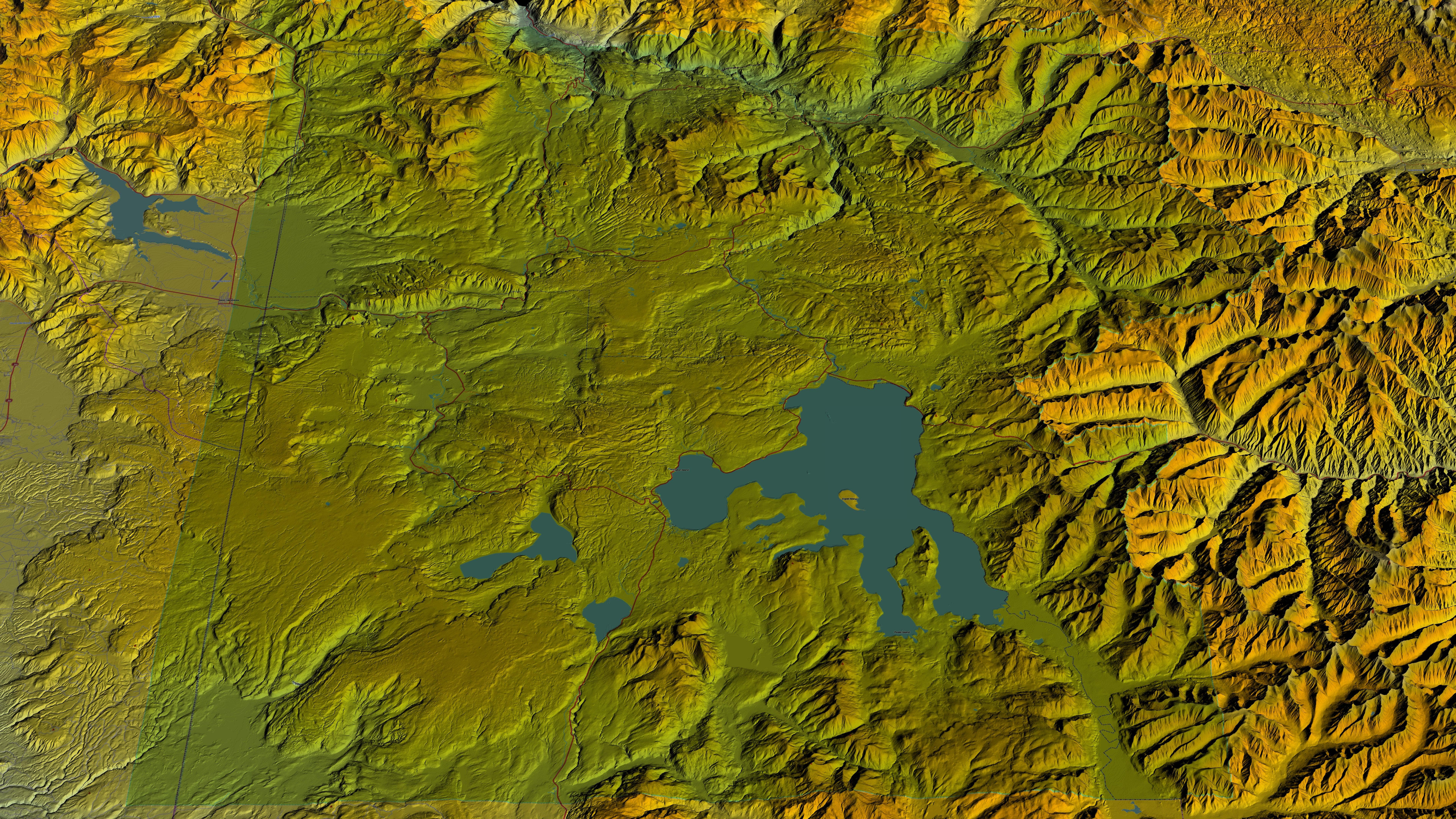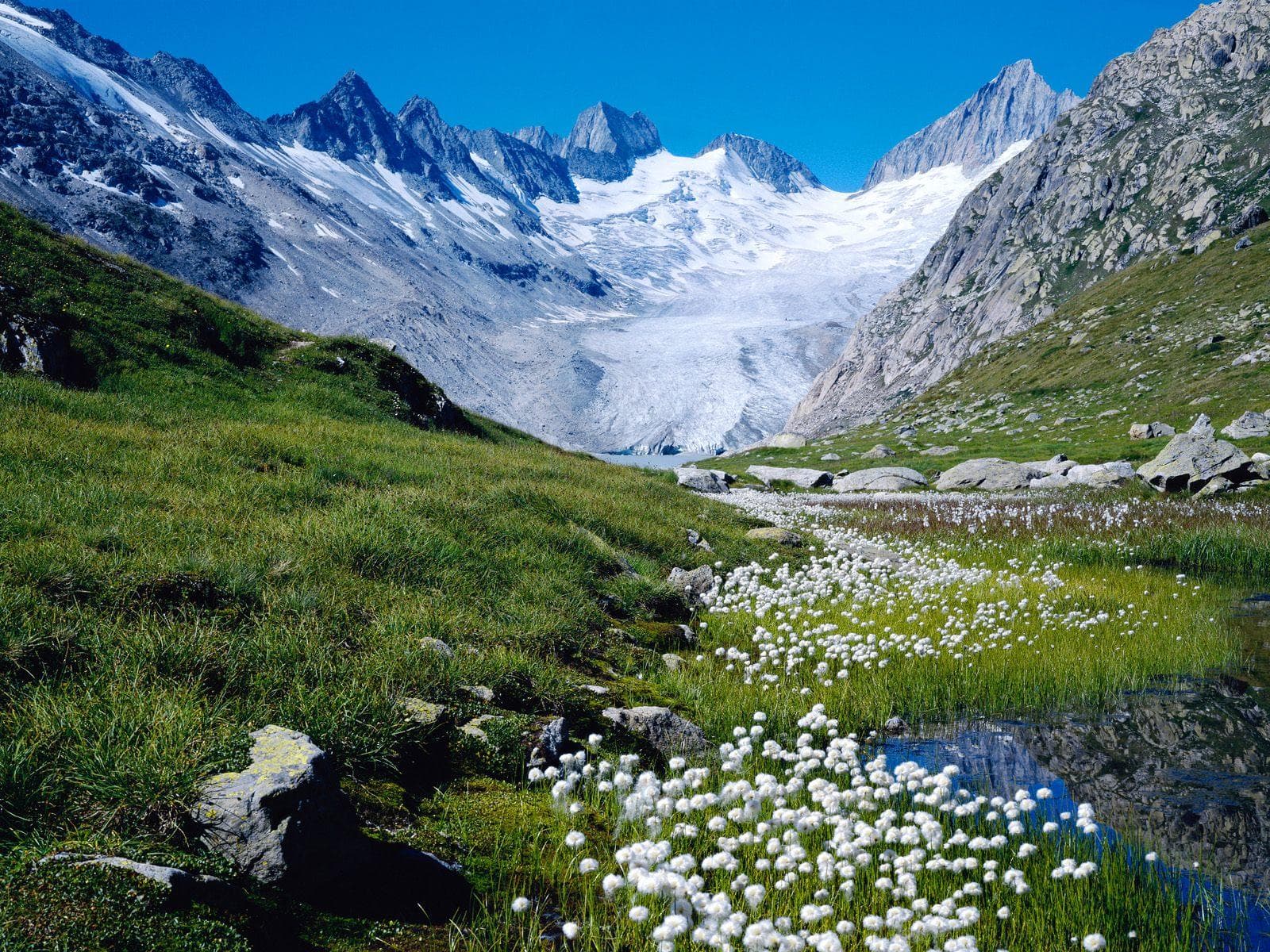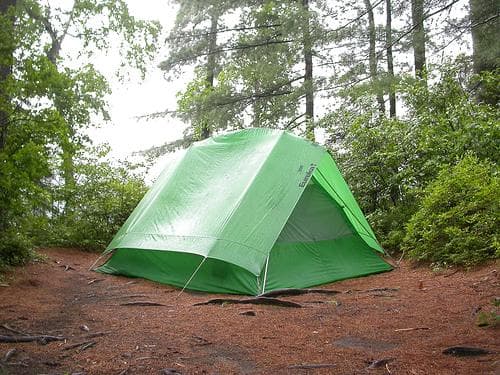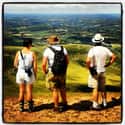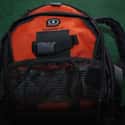-
(#6) Plants, Bugs and Animals
The trail report will tell you about a few of the things you might encounter on your hike if they are hazardous -- poison ivy, for example. But, for the most part... unless you are a super nerd like me and enjoy bringing wildlife guides in your pack for identification... you will just have to rely on your common sense.
Things like bears and mountain lions are very rare in most parts of the country, and the places where encounters are more likely will have warnings posted at the trailhead. Read the bulletin board if there is one provided... not only will it tell you what to watch out for, it will be current and could have recent sightings and warnings. Pay attention to it. Things like snakes should not keep you off the trails either. Rattlers are usually at their most dangerous in the early morning when it's still cool and they are sluggish. They will almost always warn you before they do anything, they have no interest whatsoever in encountering you. If they hear you coming, they will leave long before you see them. It is only when they are startled or surprised by you that they feel cornered.
It's great to know what the animals are in your area so you know what you are looking at when you see it. A great example is the difference between Black and Brown bears. Black bears tend to be harmless unless they have cubs, Brown bears (Grizzlies) are territorial and are most definitely not harmless. Know your area. Grizzlies are only found in certain parts of the country.
Insects are mostly only annoying - wear bug repellent if hiking in a moister region. Plants can cause discomfort if you brush up against sharp thorns or poisonous leaves. In the case of poison ivy or oak, you will likely not show signs of a rash for 7 -14 days after the encounter.
Just be aware of what you are walking into before you go, and you'll be fine.
-
(#3) Companions
This one is surprisingly important, not just for you, but for the folks you bring with you. It is ideal that you match the challenge of the hike to the personality of the person you hike with. If you find a cool-looking 6 mile, 2,000 ft trail on Trails.com and then spend 2 hours talking your overweight, smoking friend into going with you, be certain that your friend is a gamer. As in, has the mental fortitude to a) step outside their comfort zone and b) be able to deal with a challenge without freaking out. Freaking out is the same as panic and it's very dangerous for everyone.
I need to tell you guys, from experience, taking someone out of their comfort zone and asking them to do something they may not be physically capable of is asking for a lot of misery on all sides. And it can potentially be very scary. Absolutely, GO HIKING with this friend, but make sure you pick a trail that you are sure you are both going to be able to handle.
Another thing about companions... have at least one. Hiking solo is dangerous even for experienced hikers. If you are going to go solo, make sure multiple people know where and when you are going. Show them maps of your intended route and a time when you think you should be back. If something happens to you when you are alone on the trail, the more details your friends and family have to locate you, the better off everyone will be. -
(#2) What to wear
No jeans. For the love of god, don't hike in jeans. You will be so unhappy. A simple rule of thumb for what to wear on the trail is "no cotton". If you have to hike in your favorite cotton tee, so be it... but if you sweat or it rains at all, that cotton will get wet and stay wet. It will smell, it will sag and it will rub if you are wearing a backpack. Any dri-fit shirts, shorts or pants will do. Just feel the fabric between your fingers -- even a blend is better than 100% cotton.
Depending on where you are hiking, you might need long pants to avoid being scratched by thorny plants or poison ivy/oak. Always good to know the weather and the climate, but if you aren't sure, you can always layer. A lightweight dri-fit tee under a lightweight jacket you can remove if it warms up. Convertible pants can be pricey, but its pretty nice to be able to have long pants that zip off into shorts.
Depending on the length of the hike and if there will be a lot of up and down... you might need an ultra thin pair of socks under your regular (non cotton) socks. That can really help prevent blisters.
Do not wear brand new shoes you have never worn (especially boots with ankle support). I am sure that you think you are tough enough to withstand the intense blisters you will get, but it will ruin your hike when every step feels like jagged shards of glass are coating the insides of your shoes. Lightweight, water-resistant, breathable shoes are great for hiking... and if you plan on elevation hiking, ankle support will be necessary to avoid twisting your ankle on uneven footing. -
(#5) The Weather
After you have read the trail reports you will know whether there is a canyon that might flood in a rainstorm, or a treeless ridge that could be potentially dangerous in a windstorm or lightning storm. If you are likely to encounter snow at elevations or if it might just be too hot and shadeless to even attempt it.
Check the weather as you plan. Check it again the morning of your hike. It will tell you if you need to change your gear/clothing plans, too. -
(#9) So, You're Lost
First thing, don't freak out. If you've done most of the things on this list already -- you're probably covered. Someone knows roughly where you are and when you were supposed to be back. You aren't wearing cotton (right?!) so you're not encased in damp clothes. You know enough about the area from your studying of the satellite images on google so maybe you have a rough idea of where you might be because of the larger landmarks you might be able to see.
So, stop. Sit down. Be calm. Once you are certain you don't know where you are, it is best not to keep wandering... doing so might be taking you further and further away from the search area where S&R will be looking based on what your friends and family told them.
Next, try and find a more open area where you can be seen from above, but don't move too far off any trail you might be on. And lastly, try and keep warm if you are going to be out all night. Use your surroundings wisely... no need to go building some insane fort... maybe just some pine branches all pilled up will be enough to keep your body heat from escaping. (God, I hope you're not wearing cotton) Make sure you are not lying directly on the dirt/ground -- that will suck the warmth out of your body.
Don't be afraid of wildlife. There are so few animals dangerous to humans left (unless you're hiking in Australia). Freaking out doesn't help anything.
Rest. Wait. If you have to wait through the night till morning... once the sun comes up you can start trying to figure out how best to make yourself visible and obvious to S&R (search & rescue). You'll be fine. You're a beginner, how far could you have gotten? :) -
(#8) What to Bring
If it's a well known, well trafficked trail you probably won't need too much in the way of backcountry gear. Compasses are only good for someone who has a map and can read one without getting more lost. A small folding knife is always handy and if you are doing a longer hike, or going with someone who might be very slow, a head-lamp in case it gets dark is always a good plan. Trekking poles are very popular these days, especially on rockier trails where they provide a third leg. Sunglasses, sunscreen, bug repellent are all musts.
And of course, a small first aid kit. Some of them come with Ivy wipes these days, which can really help if you do blunder into some poison ivy, but really... your kit only needs some antiseptic, pain killers, band-aids, ace bandage for possible sprains, moleskin for blisters and maybe some gauze for the possibility of a larger injury.
New Random Displays Display All By Ranking
About This Tool
Nowadays, more and more people like to hike. Hiking is not a walk in the usual sense, nor is it a professional race walking. Beginner hiking enthusiasts usually choose natural oxygen bars around the city, while those senior hiking enthusiasts prefer to challenge themselves, and they will choose long-distance and challenging hiking routes. Hiking involves unpredictable variables. Material and psychological preparation is necessary before departure.
Hiking is an excellent exercise, its benefits are not limited to beautiful scenery and endless fun but also beneficial for physical and mental health. The random tool lists 10 tips for beginning hikers, safety always comes first.
Our data comes from Ranker, If you want to participate in the ranking of items displayed on this page, please click here.


